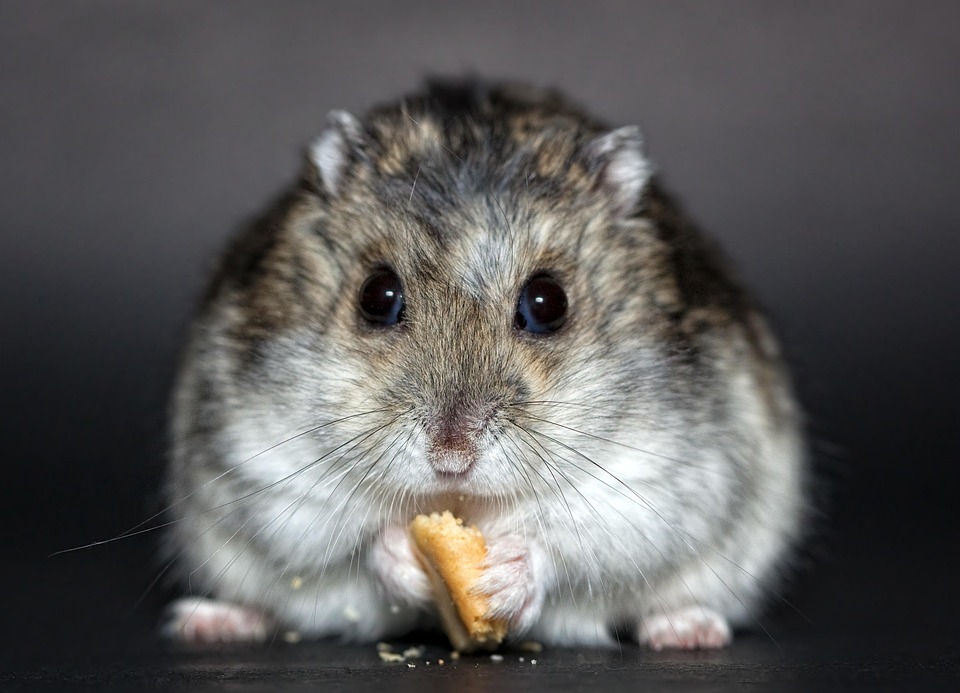
Hamsters are delightful small pets that bring joy and companionship to many households. To ensure these tiny creatures live a happy and healthy life, providing them with an optimal cage setup is crucial. A well-designed cage not only meets their physical needs but also offers mental stimulation and comfort. In this article, we will explore the essential elements of an optimal hamster cage setup, covering everything from cage size and substrate to toys and nutrition.
Cage Size and Type
Choosing the Right Size
The first step in setting up an optimal hamster cage is selecting the right size. Hamsters are active animals that require ample space to explore and exercise. A cage that is too small can lead to stress and health issues. For Syrian hamsters, the minimum recommended cage size is 450 square inches of floor space, while dwarf hamsters need at least 360 square inches. However, bigger is always better, as it allows for more enrichment and exploration opportunities.
Types of Cages
There are several types of cages available for hamsters, each with its own advantages and disadvantages. Wire cages with plastic bases are popular because they offer good ventilation and are easy to clean. Glass aquariums can provide a clear view of your pet and prevent bedding from being pushed out, but they can be heavy and harder to aerate. Detolf-style cages, made from converted IKEA furniture, are becoming increasingly popular due to their large size and versatility. Whichever type you choose, ensure it has a secure lid to prevent escapes.
Substrate and Bedding
Safe Substrate Options
The substrate is a crucial component of your hamster’s cage setup, providing a surface for burrowing and absorbing waste. Choose a safe and comfortable substrate, such as paper-based bedding, aspen shavings, or hemp. Avoid cedar and pine shavings, as they can release harmful oils and fumes.
Depth and Maintenance
Provide a generous depth of substrate, ideally at least 6 inches, to allow your hamster to dig and tunnel. This mimics their natural habitat and offers mental stimulation. Regularly spot-clean the cage to remove soiled bedding and replace all substrate every few weeks to maintain a clean environment.
Enrichment and Toys
Importance of Enrichment
Enrichment is vital for keeping your hamster mentally and physically active. A lack of stimulation can lead to boredom, stress, and even health problems. Providing a variety of toys and activities will keep your hamster engaged and happy.
Types of Toys
Hamsters benefit from a range of toys, including chew toys, tunnels, wheels, and climbing structures. Chew toys made from safe materials like wood or cardboard are essential for dental health. Ensure the exercise wheel is appropriately sized to prevent back issues; for Syrian hamsters, a minimum diameter of 8 inches is recommended, while dwarf hamsters need at least 6 inches. Rotating toys regularly can also help maintain your hamster’s interest.
Nest Boxes and Hideouts
Creating a Comfortable Nest
Hamsters need a cozy place to sleep and feel secure. Provide a nest box or hideout where your pet can retreat and rest. This can be a simple cardboard box, a plastic igloo, or a wooden house. Ensure the hideout is large enough for your hamster to turn around comfortably but not too spacious to lose warmth.
Materials for Nesting
Supply soft, safe materials for nesting, such as shredded toilet paper or commercial nesting materials made for small animals. Avoid using cotton wool or fibrous materials, as they can pose a choking hazard or cause intestinal blockages if ingested.
Food and Water
Nutritious Diet
A balanced diet is essential for your hamster’s health. Provide a high-quality commercial hamster food mix that includes a variety of seeds, grains, and pellets. Supplement their diet with small amounts of fresh fruits and vegetables, such as carrots, apples, and broccoli, but avoid citrus fruits and onions, as they can be harmful.
Water Supply
Ensure your hamster has access to fresh water at all times. Water bottles with sipper tubes are ideal, as they prevent spills and contamination. Regularly check that the bottle is functioning correctly and clean it weekly to prevent bacteria buildup.
Temperature and Lighting
Maintaining the Right Temperature
Hamsters are sensitive to temperature changes and require a stable environment. Keep the cage in a room with a temperature between 65°F and 75°F (18°C to 24°C). Avoid placing the cage in direct sunlight, near heat sources, or in drafty areas.
Lighting Considerations
Hamsters are nocturnal animals, so they do not require additional lighting. They benefit from a natural light cycle, which helps regulate their internal clock. If artificial lighting is used, ensure it mimics natural daylight hours and does not disrupt their sleeping patterns.
Handling and Socialization
Gentle Handling
Regular handling is important for building trust and a bond with your hamster. Approach your pet gently and scoop it up with both hands to avoid startling it. Allow your hamster to explore your hands and gradually increase the duration of handling sessions as it becomes more comfortable.
Social Interaction
While Syrian hamsters prefer solitude and can become aggressive if housed together, dwarf hamsters often enjoy the company of their own species. If keeping multiple dwarf hamsters, ensure the cage is large enough to prevent territorial disputes and provide multiple hideouts and toys to reduce competition.
Cleaning and Maintenance
Regular Cleaning
Maintaining a clean cage is vital for your hamster’s health. Spot-clean daily to remove soiled bedding and food particles. Perform a thorough clean every few weeks, replacing all bedding and washing the cage and accessories with mild soap and water. Rinse thoroughly to remove any soap residue.
Monitoring Health
Regularly observe your hamster for signs of illness, such as lethargy, weight loss, or changes in behavior. Ensure your pet has access to a veterinarian experienced in small animal care, and seek advice if you notice any concerning symptoms.
Conclusion
Creating an optimal cage setup for your hamster is a rewarding endeavor that ensures the well-being of your furry friend. By carefully considering cage size and type, substrate, enrichment, and other essential elements, you can provide a stimulating and comfortable environment that promotes your hamster’s health and happiness. With the right care and attention, your hamster will thrive and bring joy to your home for years to come.
#ChatGPT assisted in the creation of this article.








